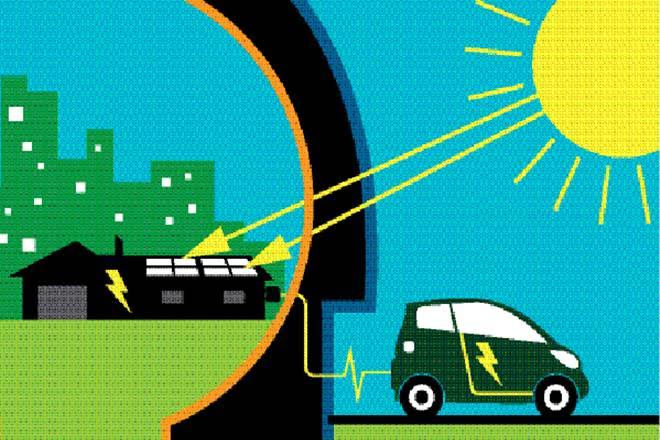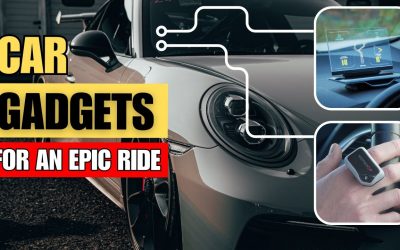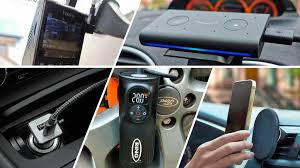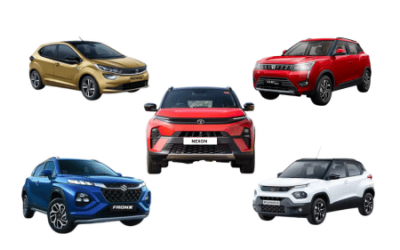Introduction
Solar energy is one of the forms of clean, renewable energy sources available to humankind. The Sun burns bright, emitting thousands upon thousands of joules of energy towards the earth. If one were to put that in automobile-friendly terms, it would come to around 5 x 1023 horsepower. Power on exponential, unfathomable levels.
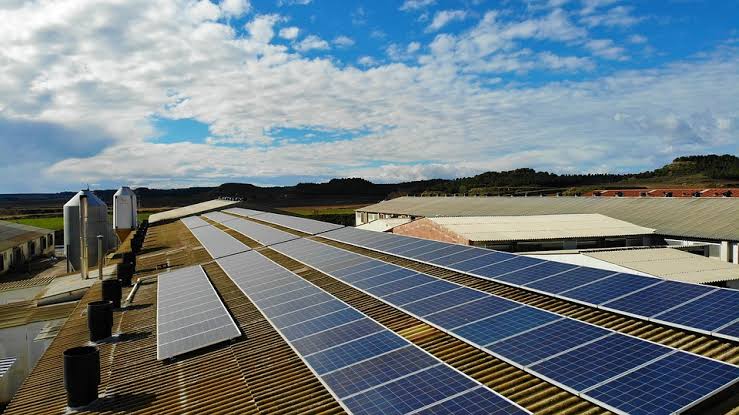
Consider that it’s actually 93 MILLION miles away from Earth. Yet, it sends so much energy our way, and we barely use a fraction of it for our power needs. The Indian automobile sector is slowly opening up to new possibilities from solar energy, however. Let’s take a closer look at it.
A Different Fuel
First, let’s explore the recent developments in the automobile sector of India.
- The onus has been to reduce harmful emissions from automobiles, as the cities become polluted beyond compare.
- Companies are also wisening up to the imminent threat of fossil fuel depletion. Every major brand has their foot in the door for electric alternatives.
- Infrastructure is also coming up to support electric vehicles, at public facilities like metro stations.
The primary roadblock that automobile companies are facing here, is that the electric cars simply can’t match their petrol/diesel cousins in terms of functionality. Mileage and power output are not exactly electric vehicles’ strong suit.
To their credit, companies like Mahindra have actively pushed electric cars to the general public, with vehicles like eVerito and Treo. The entire field lacks that X-factor that would make the average middle-class person say, “Okay, I’ll go for the electric car!” What could that be?
The Solar Energy Solution
What if we could access the seemingly limitless solar energy and harness it to power our automobiles? This was the possibility that ISRO, our reputed space organization set out to explore a couple of years back.
At the time, it was just an experiment. Judging by their findings, however, they may be onto something. Something BIG.
- The idea was to use solar energy from panels to power the electric automobile’s lithium-ion battery.
- The issue was that there needed to be a way to transfer the power from the panels to the battery, consistently and safely.
- Using a super-capacitor, they were able to successfully bridge the gap between the panels and the battery.
- The cherry on top was that everything required for the project was fabricated in-house at ISRO. Right from the electric motor down to the capacitor and panels, it was a thorough home-grown project.
The result? They had considerable success with harnessing solar energy as a viable power source for our automobiles. It was a start, a spark that could potentially fuel a world of possibilities for Indian carmakers.
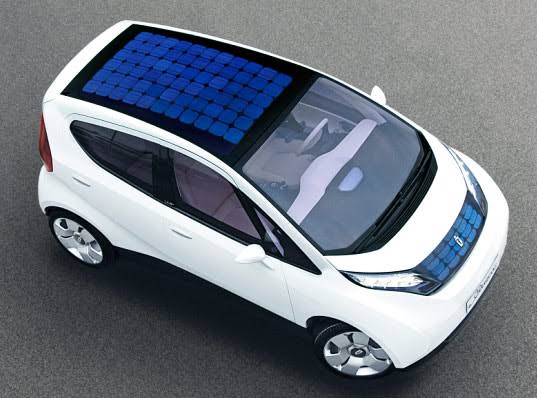
Conclusion
Utilizing solar power as fuel for our Indian cars lies just within our grasp. Sure, some of the logistics still remain to be figured out, such as the application of it on a mass-production scale and making the design more ergonomic. Our automobile industry takes steps towards cleaner, greener alternatives. We’re already at the doorstep of electric vehicles. When will the solar cars’ day come? Time (and research) will tell.
1
